Last updated on April 30, 2023
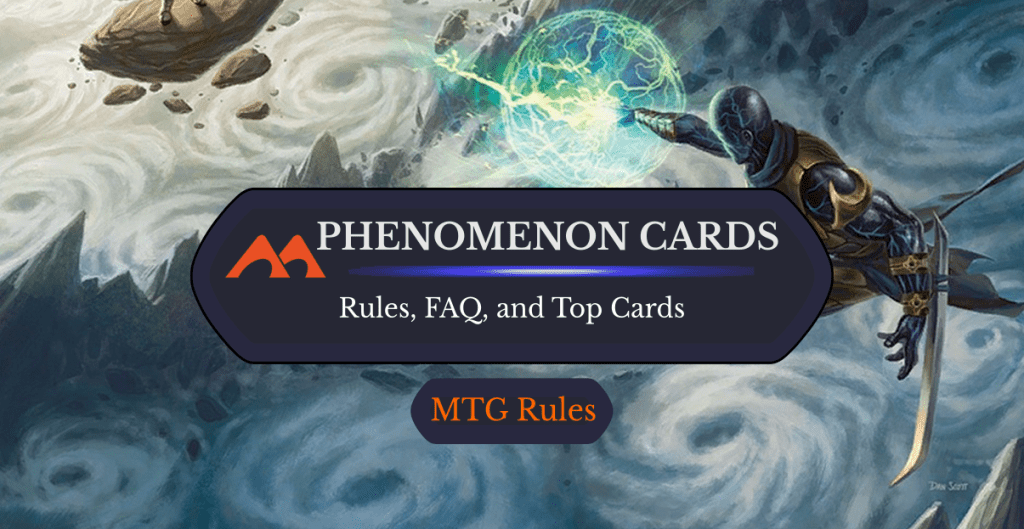
Chaotic Aether | Illustration by Dan Scott
Thanks to the reprint of plane cards in March of the Machine Commander, plane cards and the Planechase format have been given a lot of attention lately. Planechase is a MTG variant introduced in 2009, with special phenomenon cards that were added to the game mode in 2012.
You see, when you’re a planeswalker, the act of traversing the planes isn’t easy or trivial stuff. Even the most veteran planeswalkers can encounter strange and weird phenomena along the way.
Phenomenon cards were created to show exactly that. Encountering a phenomenon can be game-changing in a Planechase game, so it’s important to learn everything there is to know about the rules and the best phenomenon cards.
Fear not and stay with us!
How Do Phenomenon Cards Work?
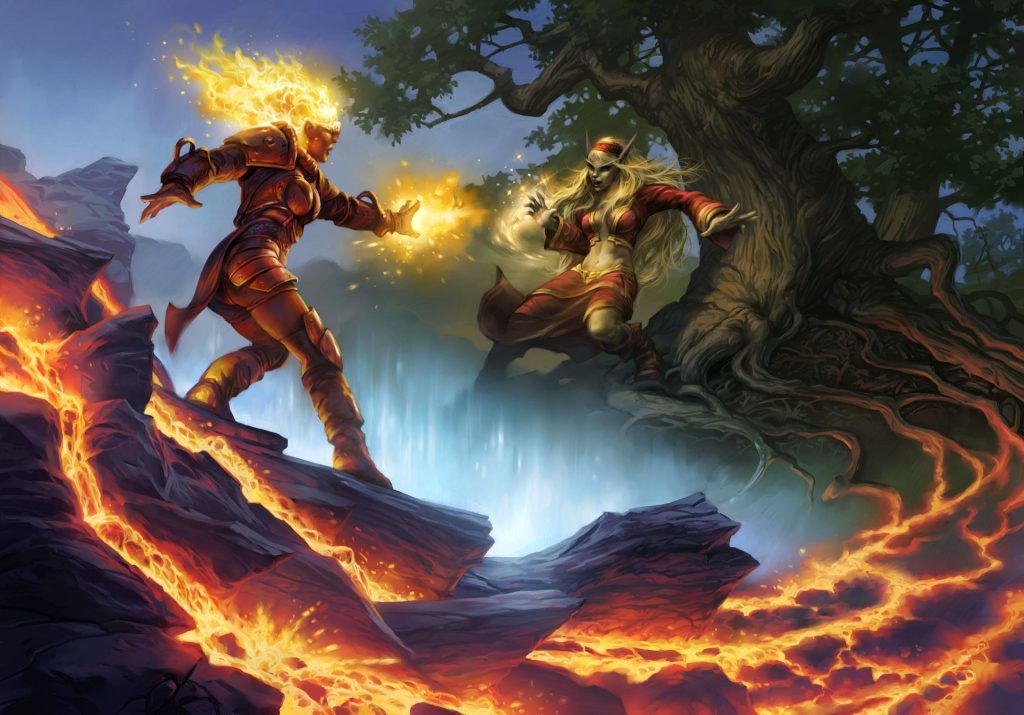
Spatial Merging | Illustration by Gabor Szikszai
Phenomenon cards are a special type of plane card in Planechase’s planar deck. To play a game of MTG using Planechase rules, each player brings their own planar deck consisting of at least 10 planar cards, two of which can be phenomenon cards.
The most common way to constitute the planar deck is to shuffle all planes from the different players, and the top card of the deck is the current plane that the players are on. Plane cards are closer to enchantments in the sense that they stay in the game and affect all players, while phenomenon cards are more akin to sorceries.
You’ll encounter a phenomenon while planeswalking, resolve its effects, and immediately planeswalk to another plane. For example, Interplanar Tunnel reads, “When you encounter Interplanar Tunnel, reveal cards from the top of your planar deck until you reveal five plane cards. Put a plane card from among them on top of your planar deck, then put the rest of the revealed cards on the bottom in a random order.”
Other phenomenon cards are more destructive, like Planewide Disaster, which destroys all creatures if a player encounters it.
The History of Phenomenon Cards in MTG
The first set that printed phenomenons was Planechase, which printed the only eight phenomenon cards available in MTG. In 2016, Planechase Anthology reprinted all the phenomenons, and 2023's March of the Machine Commander reprinted five of the eight phenomenon cards.
Are Phenomenon Cards Permanents?
No. Planar cards aren’t permanents. Cards like phenomenons and planes can’t be interacted with, so you can’t bounce, destroy, or exile them. All phenomenon cards state that you planeswalk away from the phenomenon after resolving the effects. Unlike plane cards, phenomenon cards don’t overstay their welcome.
Can Phenomenon Cards Be Cast?
No. Phenomenon cards only exist in the planar deck, and they’re revealed, not cast. Since they aren’t cast, they also can’t be countered.
What Does Encounter Mean?
An encounter happens when a player planeswalks away from a plane and the next card in the planar deck is a phenomenon. The active player then encounters the phenomenon, resolves its effects, and planeswalks to another plane, or they can meet another phenomenon and resolve its effects.
Who Controls a Phenomenon Card?
The controller of the phenomenon card is always the active player. You can only planeswalk during your turn at a sorcery speed, so only the active player can encounter phenomenon cards.
There is an exception if the active player is eliminated from the game; in this case, the next player is the active player and controls the phenomenon card.
What if a Phenomenon Card Would Be Turned Face Down?
All the plane cards and phenomenon cards exist in the planar deck facedown, and there’s only a single plane card face-up. When you encounter a phenomenon card, you resolve its effects and immediately planeswalk. When you do, you put the phenomenon card facedown on the bottom of the planar deck. A faceup phenomenon card that’s turned facedown becomes a new object according to the rules, so it loses all properties or counters it might have had.
Where Do Phenomenon Cards Exist?
Phenomenon cards exist in the command zone, and there can only be one given planar deck card faceup at a given time. Some planar cards bend the rules and allow more than one plane card to be in play at the same time, like Spatial Merging.
What if a Phenomenon Would Leave the Command Zone?
There’s only one card faceup at any given time. When the active player encounters a phenomenon, they resolve its effects, put it facedown at the bottom of the planar deck, and draw a new planar card. The phenomenon never leaves the command zone.
If a card would cause a phenomenon card to leave the command zone with some effect, it fizzles and the phenomenon card doesn't go anywhere.
Gallery and List of Phenomenon Cards
- Chaotic Aether
- Interplanar Tunnel
- Morphic Tide
- Mutual Epiphany
- Planewide Disaster
- Reality Shaping
- Spatial Merging
- Time Distortion
Best Phenomenon Cards
Reality Shaping
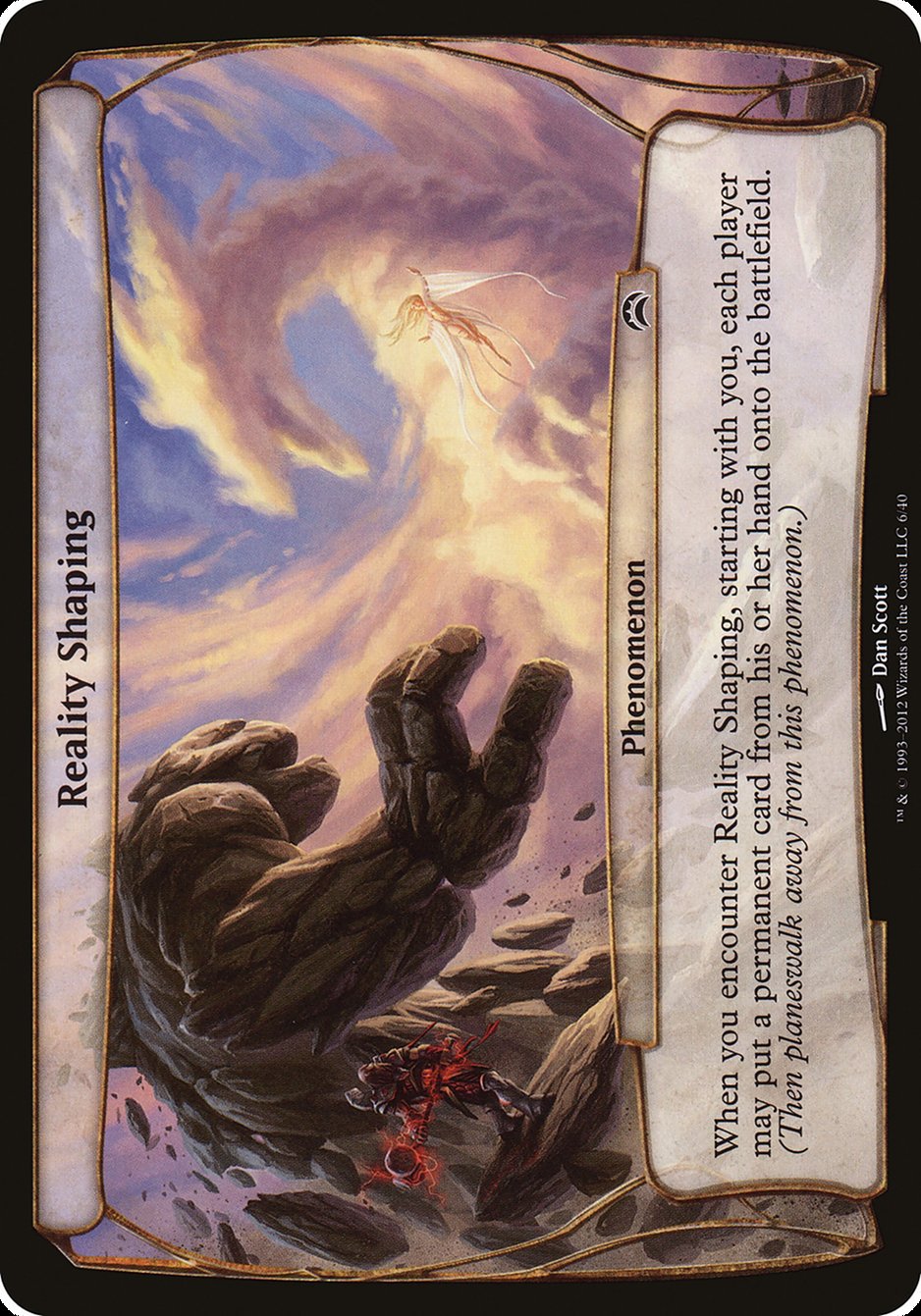
Show and Tell, anyone? Reality Shaping benefits the player with the most powerful or expensive spell in hand when it’s encountered. Some players cast a big creature for free while others put a miser land into play.
Morphic Tide
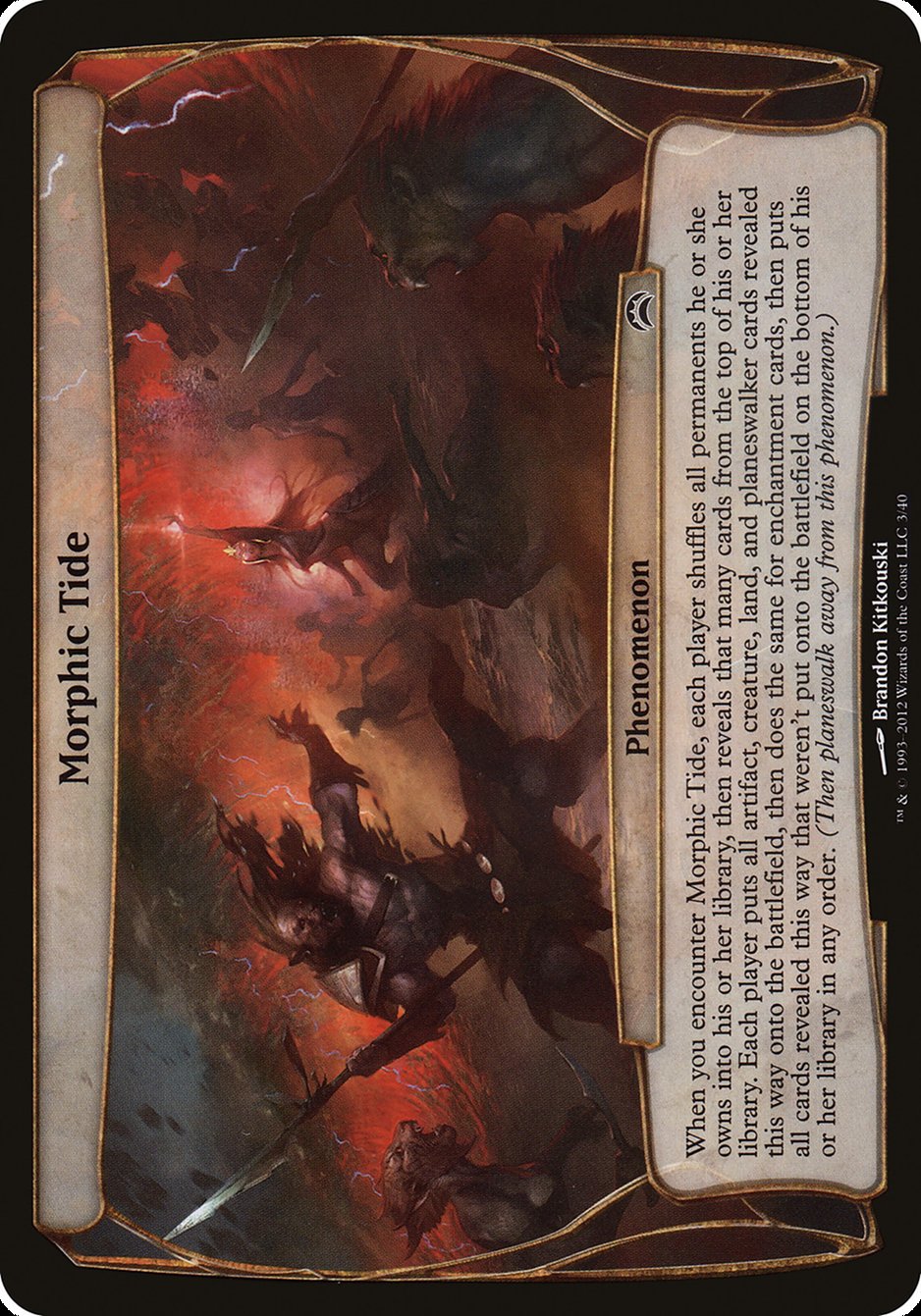
Morphic Tide applies the Chaos Warp effect to all permanents in play, making the board state radically different. It’s at its best if you have lots of permanents in play, like lands and creature tokens, because you have a higher chance of profiting more from a Morphic Tide effect.
Planewide Disaster
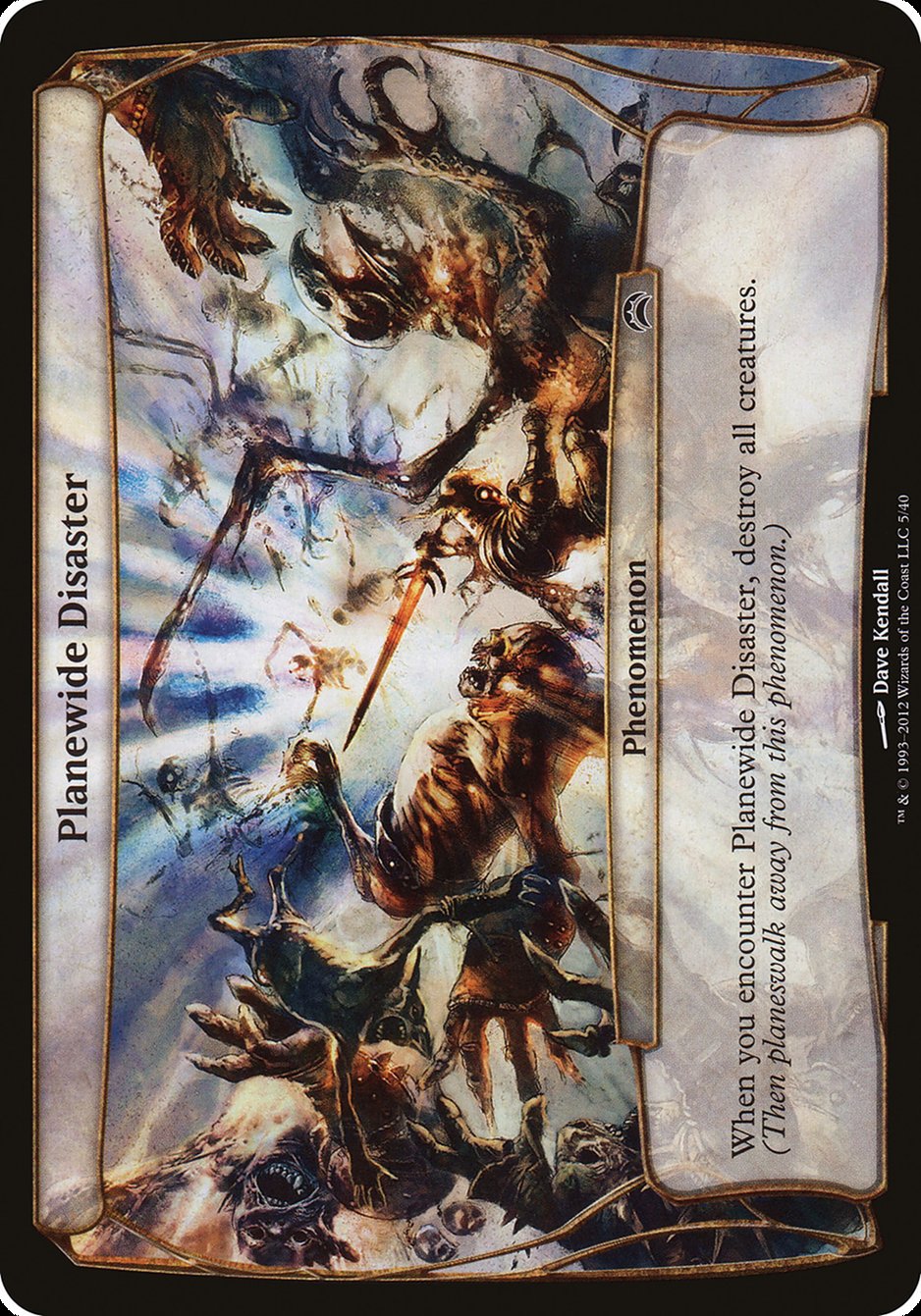
Planewide Disaster offers a free Day of Judgement effect. It’s a blessing if you planeswalk away from a plane that left you in a board disadvantage, but it’s a curse if you had a nice board before encountering this phenomenon. Anyway, who said planeswalking is always safe?
Chaotic Aether
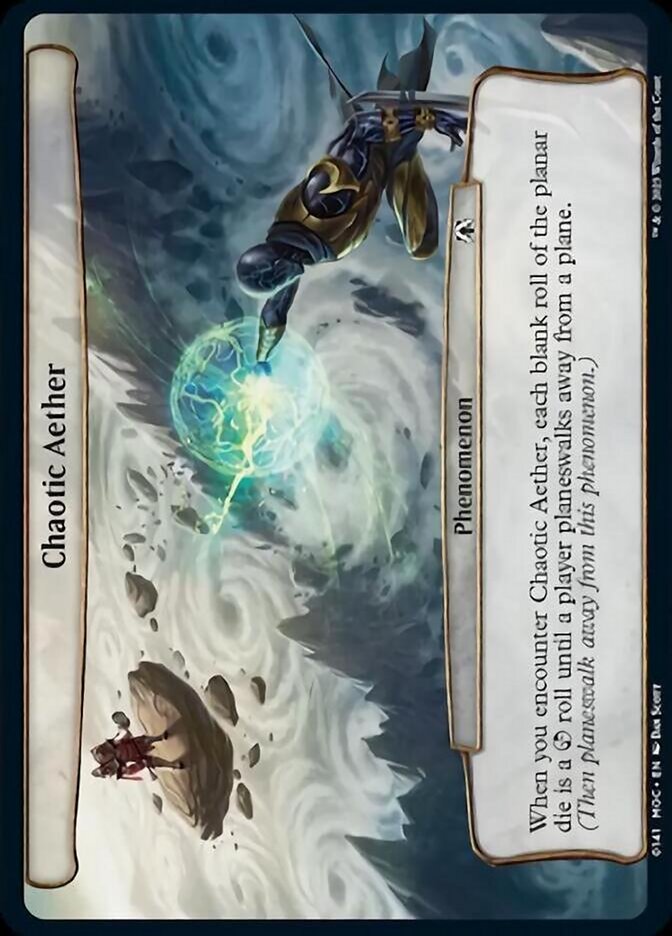
Chaotic Aether makes the planar die have effectively five chaos faces and one planeswalk face, effective only for the next plane that players planeswalk onto. This gives lots of advantage to the active player since they’re the first to roll the planar die with the chaos advantage.
Spatial Merging

Spatial Merging is the wackiest effect; you planeswalk to two planes at the same time! According to the rules, the game exists on both planes when that happens, so the abilities of both planes must be considered at the same time when you planeswalk to the plane, away from the plane, or when a player rolls chaos.
You could make this effect the norm for a crazier game if you want to experiment with Planechase.
Wrap Up
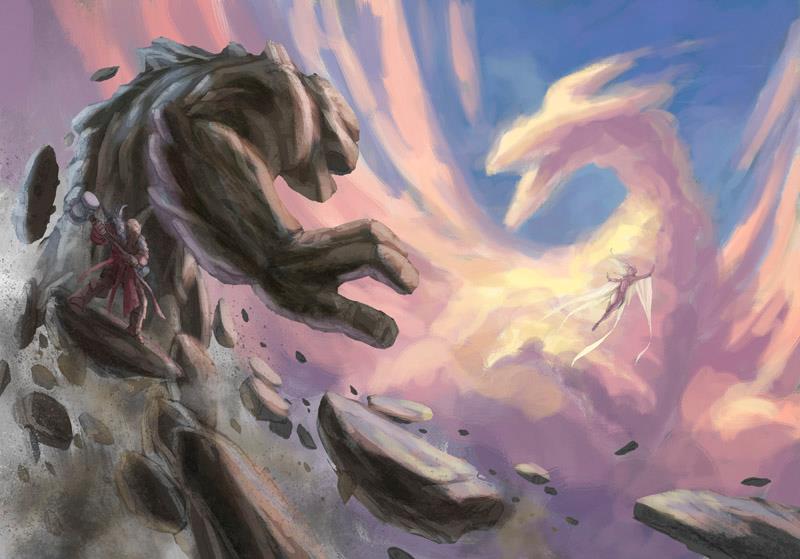
Reality Shaping | Illustration by Dan Scott
Planechase is a wild format with lots of crazy things happening. It’s also a nice way to spice things up in a MTG game, whether 1v1 or multiplayer. Phenomenons are neat little tricks that add to the unpredictability and chaotic nature even more, so it might not be your cup of tea. But then again, trust me; if you're playing by the Planechase rules, the wackier the better, so players should strongly consider adding some phenomenon cards to their decks as a little spice.
What are your best experiences with Planechase and phenomenons? Let me know in the comments below, or join the discussion over in the Draftsim Discord.
Thanks for reading, and may you encounter crazy phenomenons in your Planechase games!
Follow Draftsim for awesome articles and set updates:
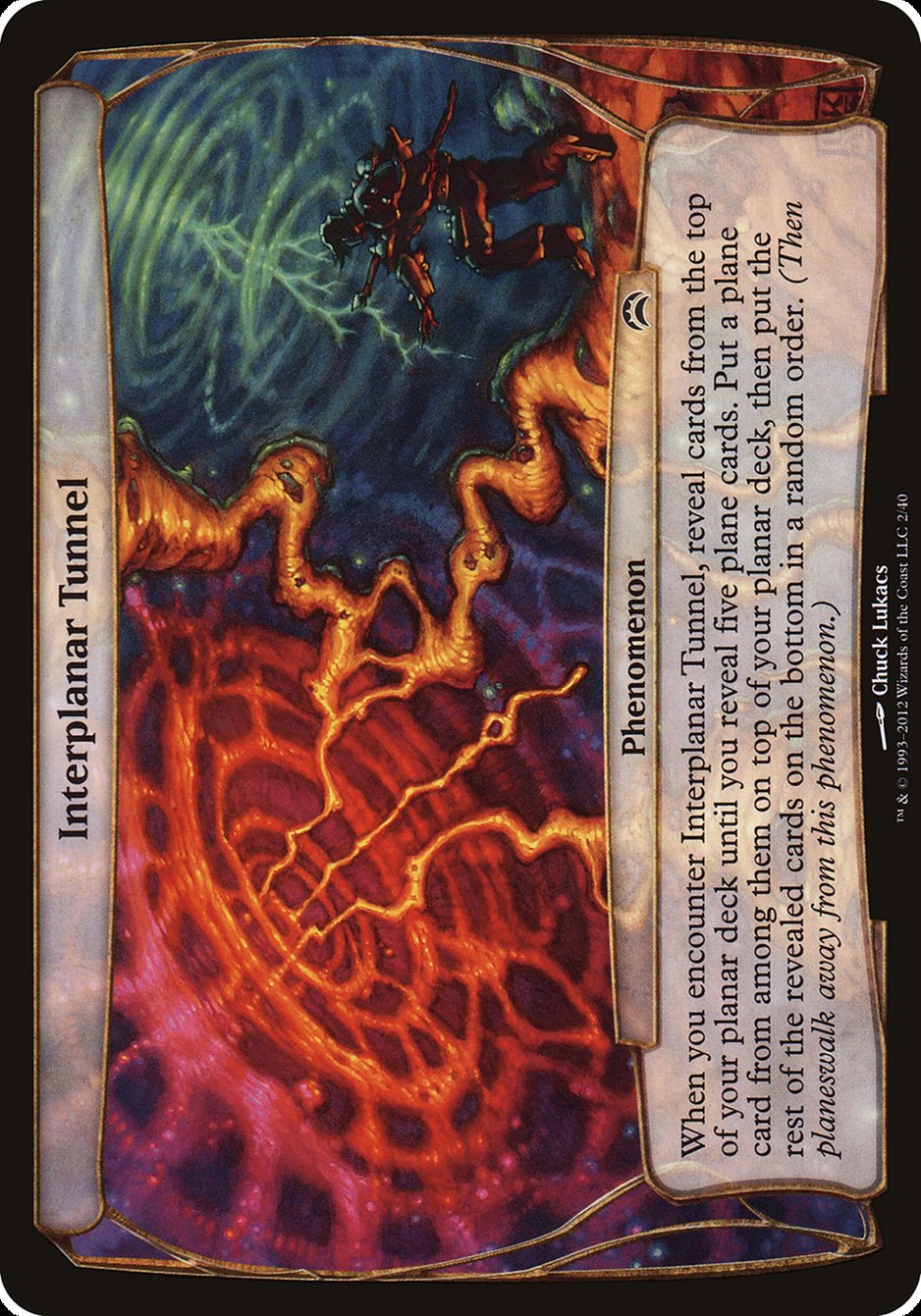

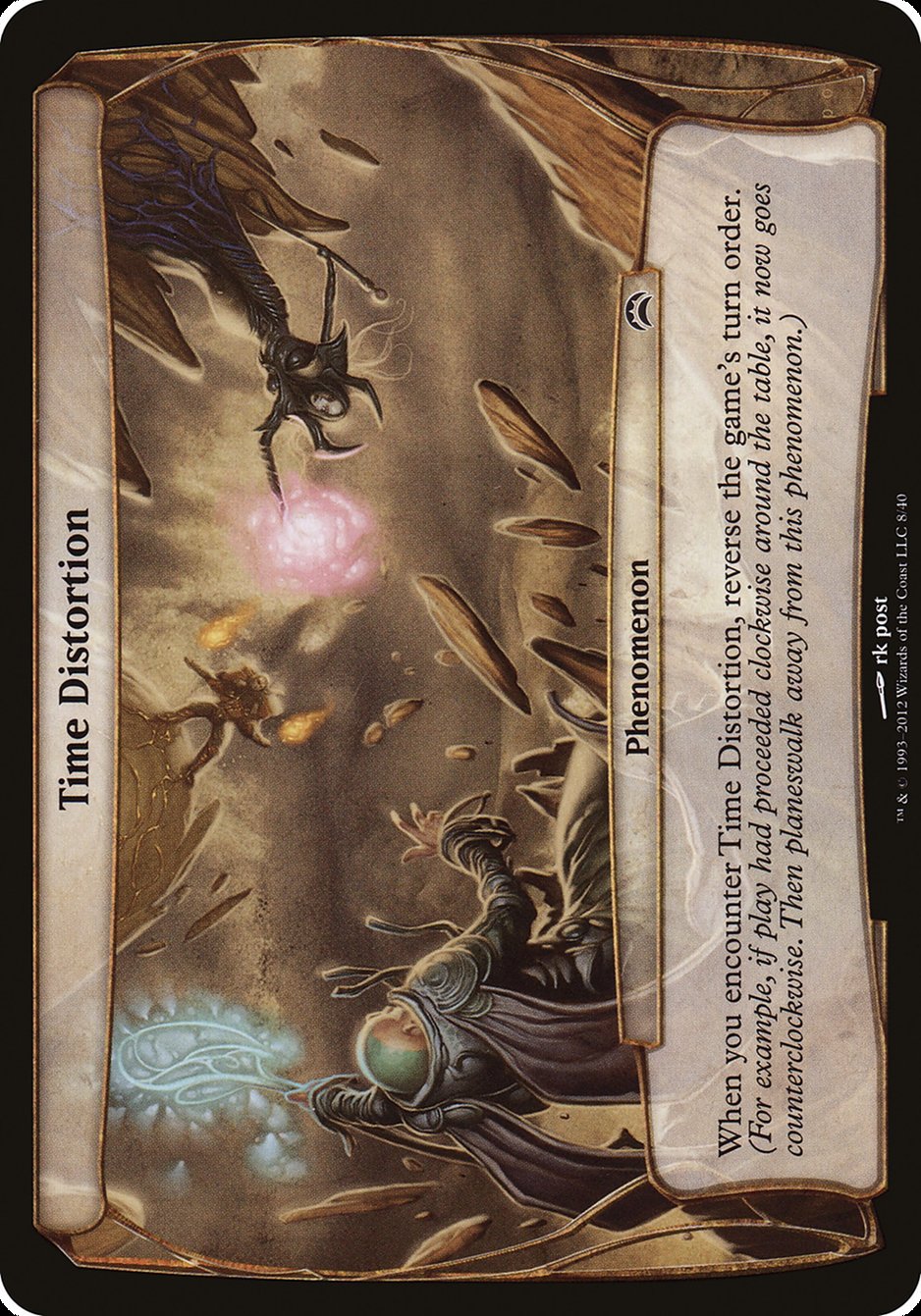
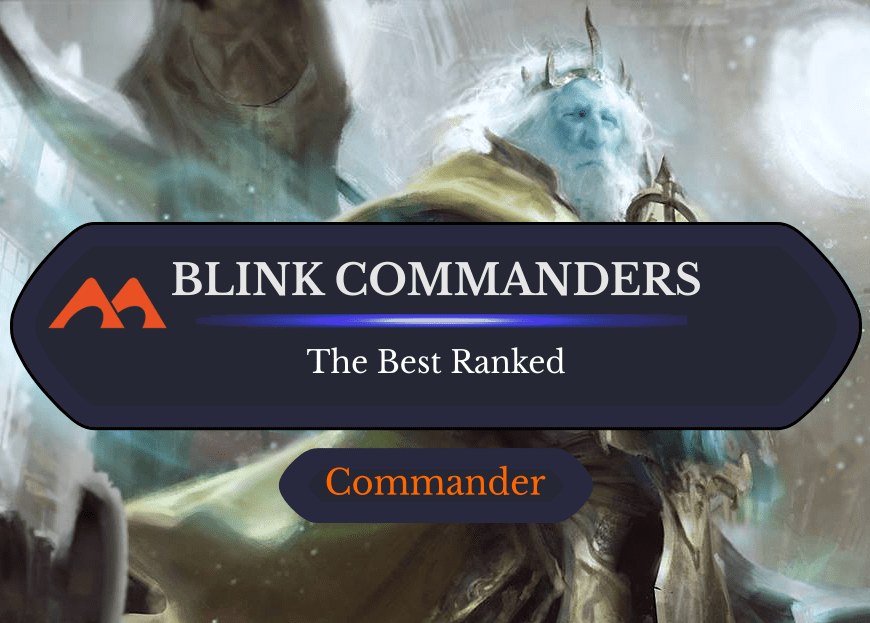

Add Comment